The HI-LO Diner Opens
Ever since the Hi-Lo Diner pitched up on East Lake Street — in all its stainless steel and neon glory — we have been standing on the curb, eagerly watching the windows for signs of life. Was it six months or a year? It seemed a century, during which rumors of milk shakes and doughnuts only increased our vigilant anticipation, so it’s no surprise that the place has been packed every meal of the day since it opened a few weeks ago. And, now that we’ve been inside and had a bite to eat, we can say that it looks just like we hoped it would and early tastes are promising. Read more [Appeared in Heavy Table. Photo credit: Sarah McGee]



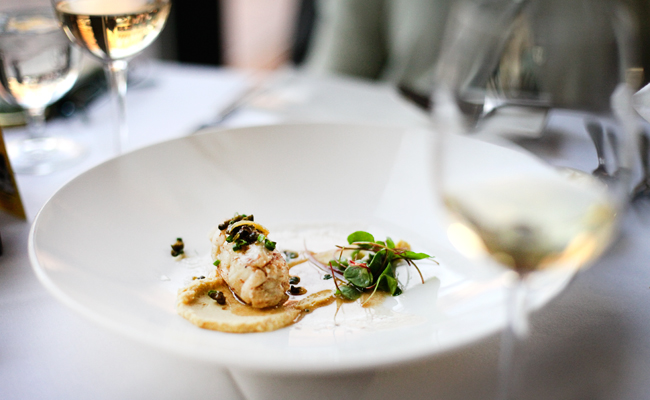
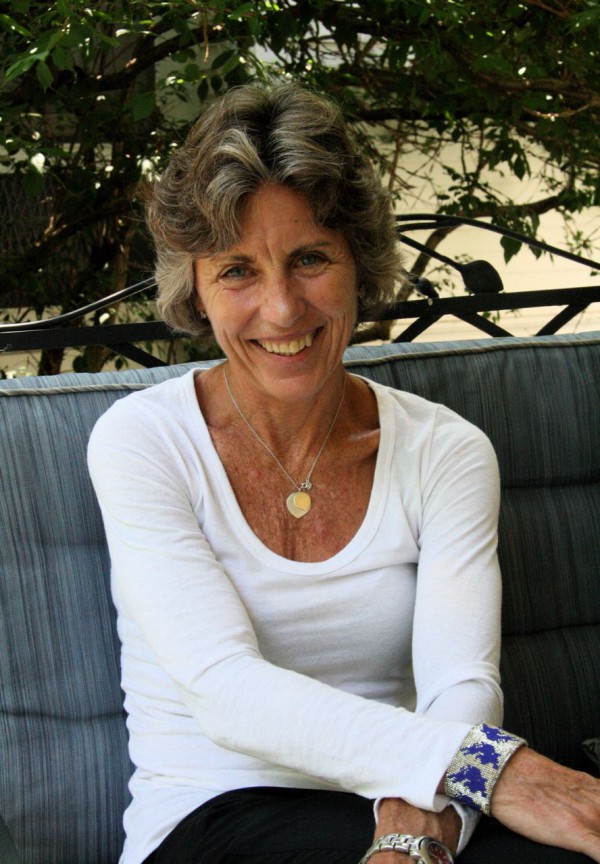
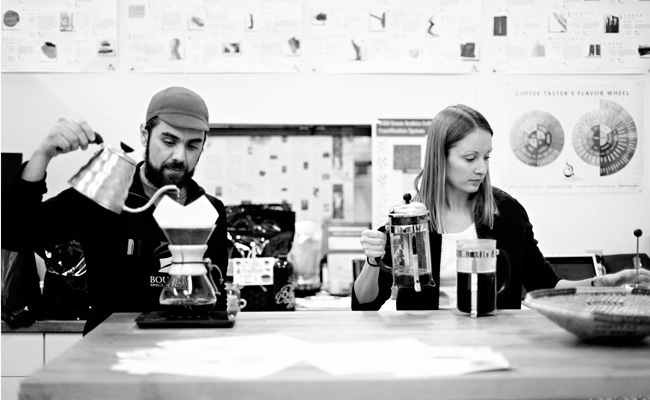
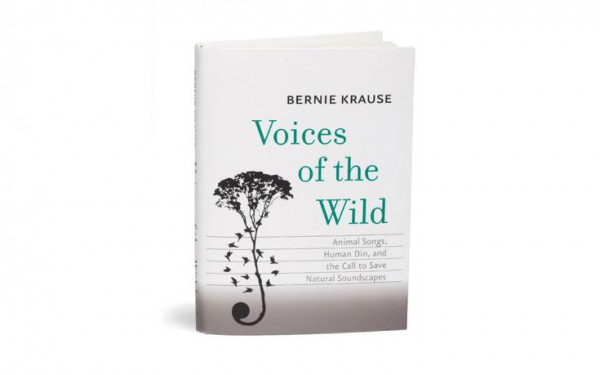
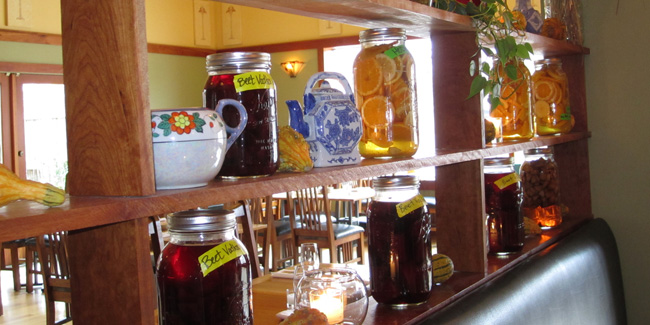


You must be logged in to post a comment.